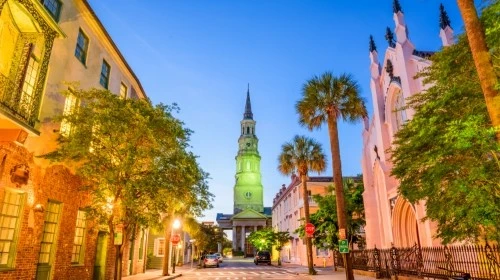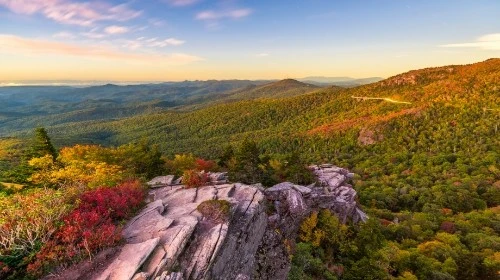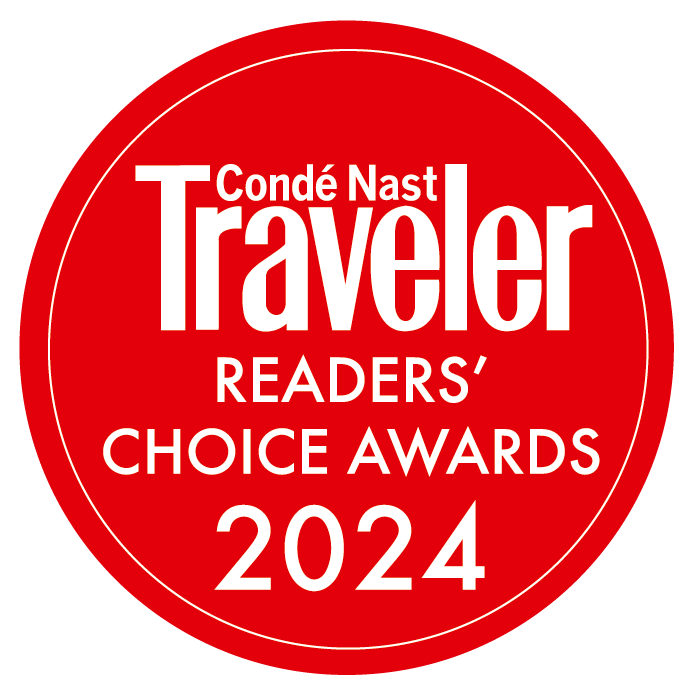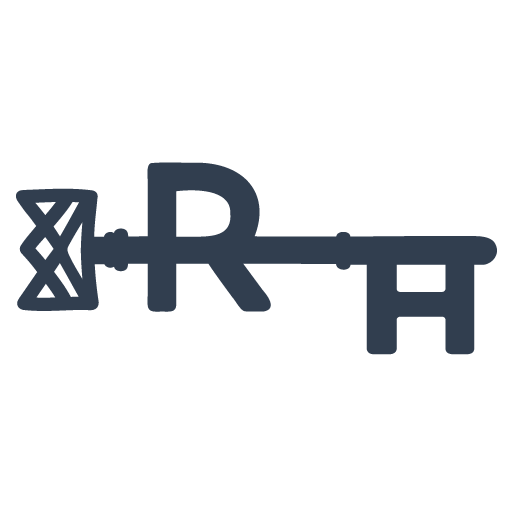Meet Corey Alston
Gullah Sweetgrass Basket Weaver at Charleston City Market
Corey Alston knows a thing or two about keeping traditions alive.
A Gullah Geechee native, Corey found his vocation in educating others on his heritage through cooking classes, interactive workshops, spreading community awareness, and creating the hand-woven masterpieces that have been the cultural cornerstone of the Gullah people for over a century: Sweetgrass Baskets. Corey’s family has been weaving traditional Sweetgrass Baskets for nearly five generations, and he keeps this time-honored craft alive by selling these treasured baskets at the Charleston City Market. Though his infectious smile and passion are always the main attraction.
Why are Sweetgrass Baskets so unique to the Lowcountry?
You won’t find Sweetgrass Baskets anywhere else in America. It’s a skill set brought to the Lowcountry from West Africans during the days of enslavement. Today, their descendants, the Gullah, continue their traditions.
What has been your favorite custom piece?
My favorite custom piece would be the one that I completed for the Smithsonian American Art Museum in Washington, DC. This piece took me a little over 4 months to complete. I call the piece “From Traditional to Contemporary.” It measures 33 inches tall and 33 inches wide. The reason it’s my favorite piece is because I was asked to make a Sweetgrass Basket that would best represent the Gullah Heritage at a National level. I was honored that I was chosen to be the artist for this project.
Walk us through your process of basket weaving.
The process of making a Sweetgrass Basket first starts with harvesting the raw material. Once it’s gathered, it’s laid to dry for 3 to 4 weeks. Then the weaving time begins. I weave for 12-13 hours daily, putting in 8 hours or so in the market and another 4-5 hours once I get home after dinner
before going to bed. Then I start the same process the next day.
As a 5th generation weaver, how have you made these pieces your own?
With skill being around for over 300 years here in the States, it’s really hard to say if any piece would be considered a first-time design. But I can say that everyone has his or her own stitch. So no one can make the same piece twice. Each piece is one of a kind.
What are some telltale signs of an authentic Sweetgrass Basket?
The best way to tell if you’re getting a real Sweetwater Basket is by seeing a person sitting there making them. There are knock-offs in our area that are purchased storefronts to compete with the Gullah Baskets. If a Sweetgrass Basket is what you want, only purchased them at historical landmarks, hotel lobbies, visitor centers, festivals, or, of course, right here at Charleston City Market.
You can visit Corey and peruse his hand-woven creations, 7 days a week, at the Charleston City Market, or visit his website thegullahculture.com to learn more about the history of Sweetgrass Basket weaving, the Gullah people, and his work.





